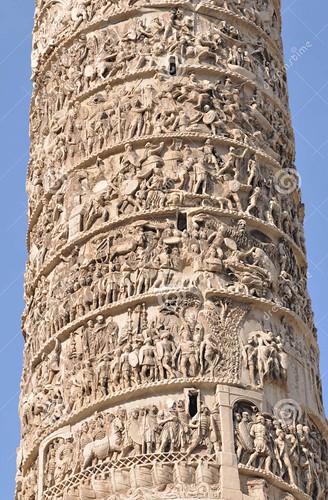
PREV ARTICLE
NEXT ARTICLE
FULL ISSUE
PREV FULL ISSUE
VOCABULARY TERM: REGISTERDick Johnson submitted this entry from his Encyclopedia of Coin and Medal Terminology. Thanks. -Editor
 For The Hartford Art School Medal sculptor Henri Kreis choose narrative relief of human figures on multiple base lines. The use of narrative relief is of ancient Egyptian origin most notable in the Roman Trajan’s Column of 113 AD. The Art School used Kreis’s design as the obverse for three different medals. Medal photo Medallic Art Company.
I've seen this style before, but never knew it had a name! Thanks, Dick. -Editor
Looking for the meaning of a numismatic word, or the description of a term? Try the Newman Numismatic Portal's Numismatic Dictionary at: https://nnp.wustl.edu/library/dictionary  Wayne Homren, Editor The Numismatic Bibliomania Society is a non-profit organization promoting numismatic literature. See our web site at coinbooks.org. To submit items for publication in The E-Sylum, write to the Editor at this address: whomren@gmail.com To subscribe go to: https://my.binhost.com/lists/listinfo/esylum All Rights Reserved. NBS Home Page Contact the NBS webmaster 
|
